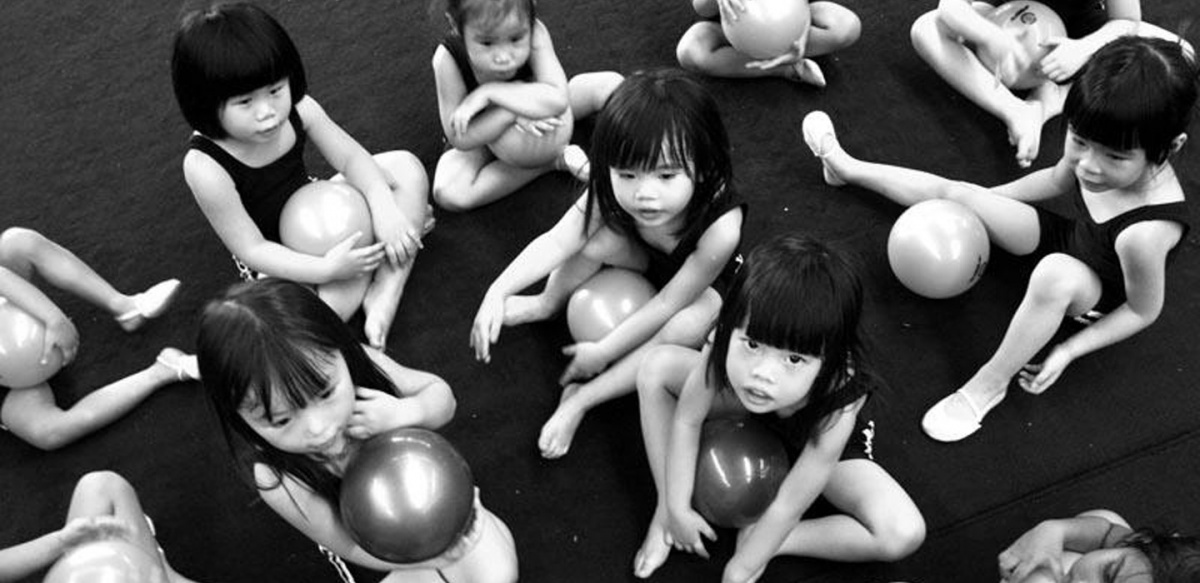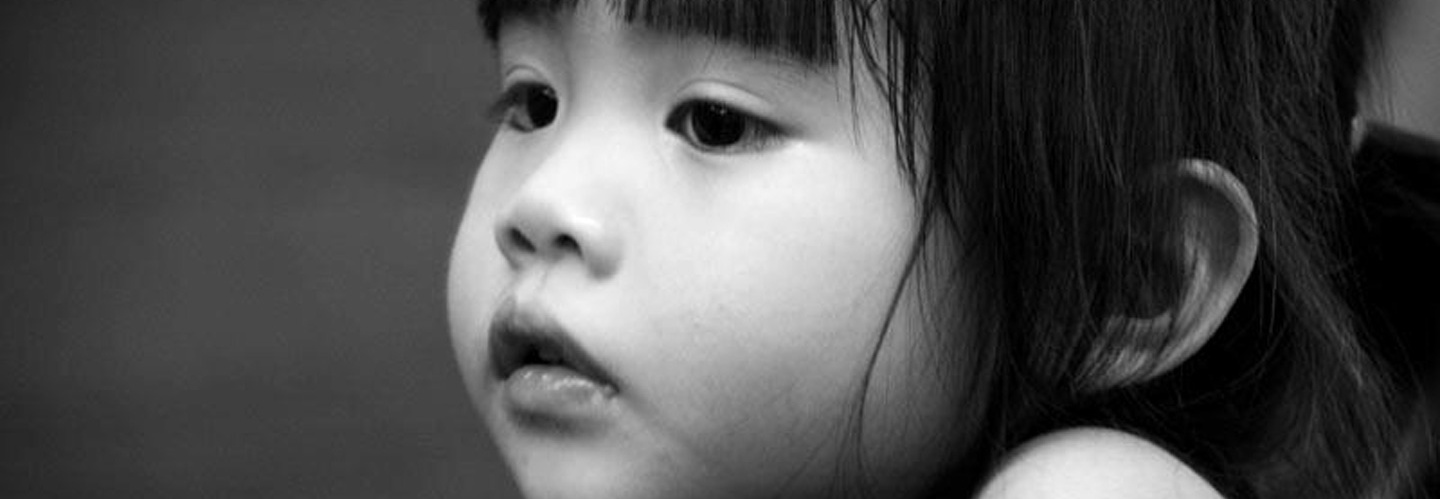Rhythmic Gymnastics is one of the most beautiful and precise Olympic Sports. It is a combination of the dynamics and flexibility of gymnastics, the technical knowledge of ballet, and the self-expression and rhythm of modern dance. Unmatched for its elegant, expressive, precise and graceful movements, Rhythmic Gymnastics is choreographed to music and accompanied by colourful hoops, balls, ropes, ribbons, and clubs.
The benefits of Rhythmic Gymnastics to girls in their formative years include physical fitness, self-discipline, positive self-esteem, lasting friendships, team skills, fun and a healthy lifestyle that the gymnast will sustain for life.
Unlike Artistic Gymnastics, Rhythmic Gymnastics is currently performed in official competition by women only. Competitors use small pieces of hand apparatus - Rope, Hoop, Ball, Clubs and Ribbon as an extension of their bodies in routines always accompanied by music. The performance takes place on a carpeted mat that is 13m. x 13m. It is slightly cushioned, but certainly not to the extent of a 'spring' floor used in Artistic Gymnastics.
The question has often been asked of Rhythmic Gymnastics: Is it Dance? Is it Art? Or is it Sport? In reality it is a unique combination of the best of all three worlds. The essence of Rhythmic Gymnastics is self-expression. In the absence of extremely difficult acrobatic elements used in Artistic Gymnastics, the movements in Rhythmic Gymnastics are elegant, expressive, precise and graceful. Athletes require a full range of flexibility throughout the entire body in addition to explosive power. Both factors combined allow athletes to maintain perfect body alignment in leaps, balances, pirouettes and other intricate body movements. Athletes display coordination and cohesion in their use of the hand apparatus with rhythmic sensibility while taking risks with technical precision. The highest-level competitors take great pride in their original compositions as they appear to become one with the music and the apparatus.

Rhythmic Gymnastics Apparatus
ROPE
Material : Hemp or any synthetic material.
Length : Proportionate to the height of the gymnast.
Ends : It has knots rather than handles at its ends. The ends (no other parts of the rope) may be wrapped on a length of 10 cm with a colored or neutral non-slip material.
Form : Everywhere the same diameter or thicker in the middle.
Color : Free to choose. Gold and silver are allowed since 1997.
Handling : The technical figures may be made with the rope either taut or loose, with one or both hands, with or without change of hand. Look for swings, circles, rotations, wraps, unwraps, figure-eight- type circling movements, throws and catches of the rope. The relationchip between the apparatus and the gymnast is more explosive than in the other cases. The rope often appears as a serpent-like attacker seizing and winding around the gymnast. But suppleness and agility, tinged with elegance, always win out in the end.
HOOP
Material : Wood or plastic (it must be rigid, of non-bending material).
Diameter : 80 cm to 90 cm at the inside.
Weight : At least 300 gr.
Form : Different profiles (round, square, rectangular, oval etc.) The hoop can be smooth or rough. It can be wrapped (whole or partial) with one same- or different-colored adhesive tape.
Color : Free to chose, one or more different colors. Gold and silver are allowed since 1997.
Handling : The hoop defines a space. This space is used to the utmost by the gymnast, who moves within the circle formed. Handling the hoop requires frequent changes of the grip, and the main requirement is good movement coordination. Common movements with the hoop include swings, rolls, tosses and catches, spins, passes through and over the hoop, rotations of the hoop on the floor and rotations of the hoop around the hand and other parts of the body. Most impressive here are the high throws and complex techniques for catching the hoop in a different fashion each time.
BALL
Material : Rubber or plastic.
Diameter : 18 cm to 20 cm.
Weight : At least 400 gr.
Color : Free to choose. Balls with figurative drawings will not be accepted; only geometric drawings are allowed. Gold and silver are allowed since 1997.
Handling : The ball is the only apparatus for which no grip is allowed. This means that a more sensuous relationship between the body and the apparatus is required. The ball moves in perfect harmon with the body. Spectacular throws with control and precision in the catches are dynamic elements. Waves, circles, movement with the ball balanced on the hand, bouncing and rolling the ball on the floor and along parts of the body are all key movements.
CLUBS
Material : Plastic or Rubber
Length : 40 cm to 50 cm from one end to the other.
Weight : At least 150 gr per club.
Diameter of the head : Maximum 3 cm.
Form : Bottle-like, consisting of three parts: Body (bulbous part), neck (slim part) and head (spherical part). The three parts can be wrapped with an adhesive tape or a non-slip material with the condition that the diameter of the head is not more than 3 cm.
Color : Free to chose, one or more different colors. Both clubs can have different colors. Gold and silver are allowed since 1997.
Handling : The gymnast uses the clubs to execute mills, rolls, twists, throws and as many asymetric figures as possible, combining them with the many figures featured in non-apparatus gymnastics. Exercises with the clubs require a highly developed sense of rhythm, maximum psychomotor coordination and precision up to watchmaking standards. The clubs are particulary suited to ambidextrous gymnasts.
RIBBON
STICK
Material : Wood, plastic or fibreglass.
Diameter : Maximum 1 cm.
Length : 50 cm to 60 cm including attachment-ring.
Form : Cylindrical, conical or a combination of the two forms. The lower end can be wrapped on a length of at most 10 cm with an adhesive tape or non-slip material.
Color : Free to choose. Gold and silver are allowed since 1997.
RIBBON
Material : Satin or a non-starched derivative.
Width : 4 cm to 6 cm.
Length : At least 6.00 m; this part must consist of one piece. The end with which the ribbon is fastened to the staff can be doubled on a length of 1 m. A very thin strengthening of maximum 5 cm can be shoved at the upper end between the two ribbon parts.
Weight : At least 35 g (without stick and attachment).
Color : Free to choose, one or more different colors. Gold and silver are allowed since 1997.
Handling : The ribbon is long and light and may be thrown in all directions. Its function is to create designs in space. Its flights through the air make images and shapes of every kind. Figures of many different sizes are executed at varying rhythms. Ribbon routines are comprised of snakes, spiral, swings, circles, throws and catches, and figure-eight movements. The ribbon must remain constantly in motion.

